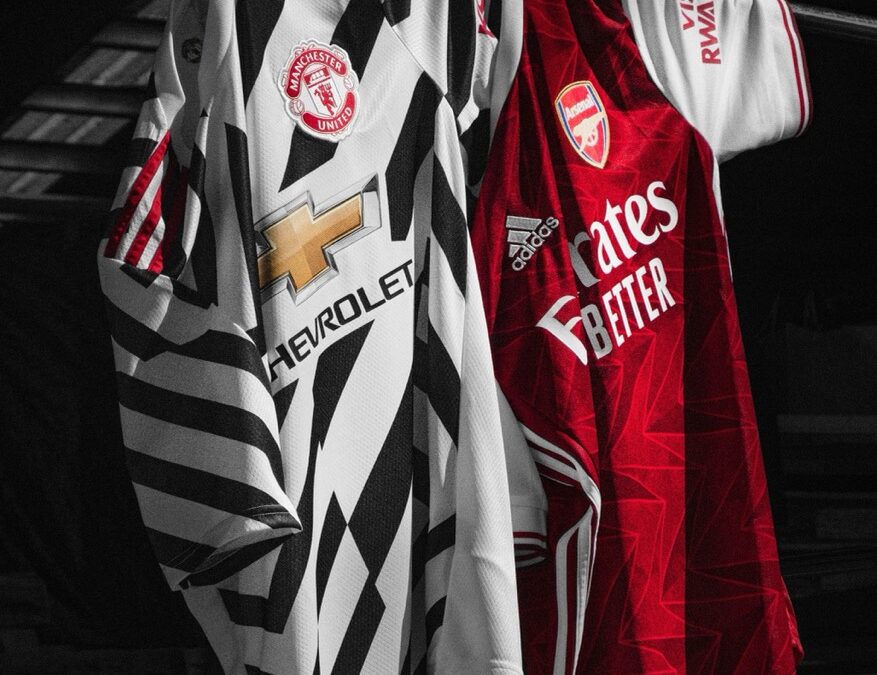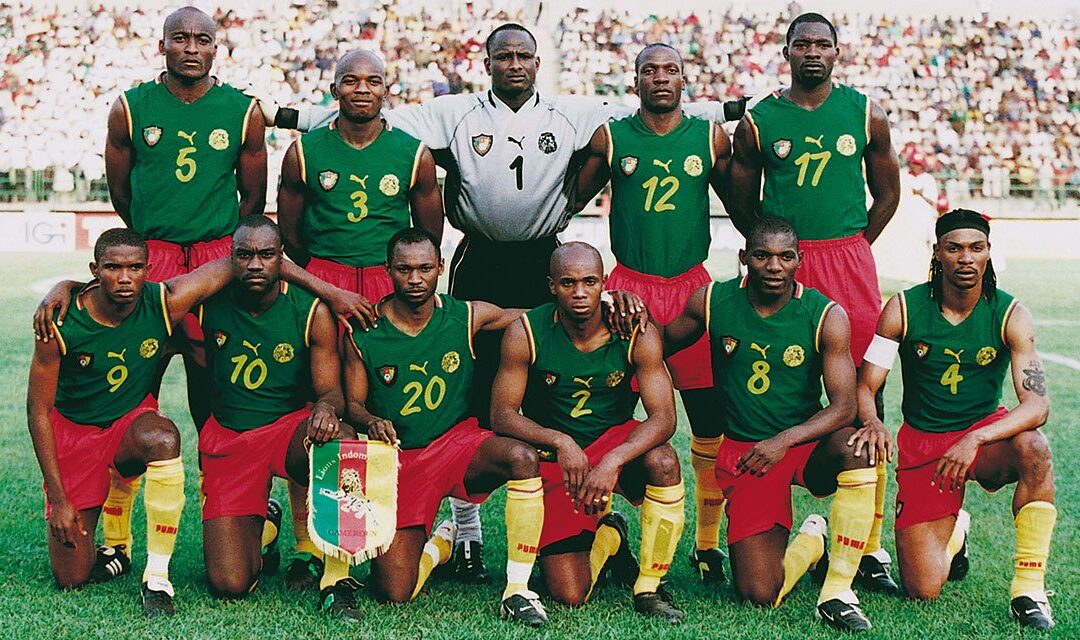In a combination of sport and fashion, this piece will showcase the fashion of WAGs (Wives and Girlfriends) throughout generations. Between red carpets and side lines, see how they aren’t just ‘partners’ but inspirations and icons in their own right.
The world gives a huge platform to footballers, inspired by their talent, drive and fashion sense. What isn’t always considered, is style off the pitch. It’s time to discuss the evolution and impact of the influential people not behind, but next to, the football legends.
The glitz and glamour of ‘WAG’ fashion had a powerful influence and left an important legacy. Once seen as glamorous companions, it’s important to see how these women dominated headlines, and led the fashion scene. Get ready to delve into the kit and couture of the early 2000s, and where that has brought us to in football fashion now.
The term ‘WAG’, referring to ‘wives and girlfriends’, was first heard in the early 2000s. In the 2000s, influential figures like Britney Spears and Christina Aguilera shot to fame. Fashion was what we now call Y2K. Brands such as Juicy Couture, Von Dutch and Ed Hardy were worn by celebrities. ‘It girl’ culture was high: self-diagnosed divas including Paris Hilton and Lindsay Lohan dominated the media. The style of the 2000s was bold and flashy. Picture bling, oversized jewellery and eye-catching colours. Denim, crop tops, huge sunglasses and bright tracksuits were everywhere.
When you think of 2000s fashion, you think of maximalist glamour. You also might think of Victoria Beckham and Cheryl Tweedy (also known as Cheryl Cole). You might even think of Abbey Clancy and Colleen McLoughlin (later Rooney). Magazines like Ok! Magazine and Heat blasted them on almost every front page, discussing their seemingly lavish lifestyle and excitingly dazzling holidays. Most importantly, they would be discussing their outfits.
The ‘WAGs’ would be brandishing designer labels wherever possible, wearing staggeringly tall heels everywhere and looking fantastic as they did it. The magazines loved to hate the ‘WAGs’, misogyny and sexism rife in tabloids and even newspapers. Examples of this include them being framed as ‘gold-diggers’: a headline from The Sun in 2006 was “WAGs turn Baden-Baden into Bling-Bling”, implying they were simply there for the money.
The early 2000s marks the beginning of what could be called the WAG phenomenon. Firstly though, it’s important to think about the reductive and potentially objectifying term ‘WAG’. The instant icons were commonly treated as jokes. Although influenced by their partner’s fame (and football talent), the ‘WAGs’ were celebrities in their own right. They were extremely influential and kept the whole of the UK invested in their lives, becoming fashion inspirations to many.
The social perception of ‘WAGs’ is hard to grasp, even now. When asking the public about the fashion pioneers of the early 2000s, they seemed to know a lot. One member of the public stated they cared more about “who was dating who” or “who was wearing what” than what happened on the pitch. Notably, the person who said this was dressed in a pink tracksuit- arguably inspired by Y2K style. Another person said that it was part of the “football brand”, ‘it’ being the ‘WAG’ lifestyle and fashion sense.
To really understand football fashion though, you have to speak to the experts. James Radford and Chris Whalley, Directors at TwentyTwo, an independent company that specialises in kits, spoke about the cultural link between sportswear and fashion. James stated football fashion is capable of being the bridge between luxury and streetwear: “bringing everything together”. They said how the environment surrounding football is what inspires modern kits. This includes popular music, artists, celebrities and even films. He said: “sportswear and fashion go hand in hand. There is a lot of crossover”.
When asked about potential impact and inspiration from their partners, Chris said footballers have to be more ‘on it’ with their fashion. Brands and people tend to copy each other, based on their environment. This suggests pop culture (in this case, the partners/ ‘style icons’), would be impactful on what footballers are wearing at the time, on and off the pitch. This would also be reflective of ‘WAGs’, as of course, they influence pop culture.
Since the 2000s, ‘WAG’ fashion, and pop culture, has significantly evolved. It is clear the influencer aesthetic has overtaken the bold, dramatic glamour of Y2K. Partners of footballers now are more ‘polished’. Look at Georgina Rodriguez, for example, who is married to Cristiano Ronaldo. Rodriguez is clearly a celebrity, being pictured in timeless dresses at award shows, and even has her own Netflix show, ‘I am Georgina’. It appears she draws inspiration from social media, like a more “clean girl aesthetic”, as platforms such as TikTok and Instagram are more influential on style.
Another example of a modern partner of a footballer is Tolami Benson, girlfriend of Bukayo Saka. Benson’s style is simple and elegant. On the other hand, the designer element is still a big part of ‘WAG’ fashion, for instance Benson wore a white, cropped jacket to the Euros in 2024, as mentioned in British Vogue.
It is also important to discuss a missing group when thinking about football fashion. In recent years, women’s football has risen in popularity and reputation. This reshapes the idea of ‘WAGs’, as the partner might not be watching from the stands, but scoring the goals herself. Style and fashion wise, there is an element of quiet luxury, now blended with athletic couture. Arsenal player Beth Mead, who is in a relationship with another female footballer, can usually be seen in chic suits or sophisticated sportswear. Her partner, Vivianne Miedema, is also a professional footballer and is seen in similar style outfits.
The legacy of the 2000s ‘WAG’ phenomenon can also be seen in the media. The new documentary focusing on the lives of the Beckhams was extremely successful and popular. It highlighted how Victoria Beckham was not just a glamorous ‘companion’, but an icon. It also draws comparison to ‘WAGs’ now. Just like how their outfits are more subtle and more curated, their lives are more private.
It is obvious that the fashion and style of the early 2000s had a long-lasting legacy. Even now, we are seeing the return of Y2K inspired outfits. Accessories and outfits inspired by the peak of the 2000s are coming back. Ultimately, from the dramatic, extravagant outfits we first saw with ‘WAGs’, off-pitch fashion has undergone a transformation. It is now minimalistic and elegant, contrasting the ‘bling era’.
The transformation also redefined what it means to be at the intersection of fashion and football. The term ‘WAG’ never really appropriately fit with the powerful, stylish and multi-dimensional characters that were reduced to ‘WAG’. The legacy they left confirms they weren’t, and still aren’t, following the trends- they are setting them.



